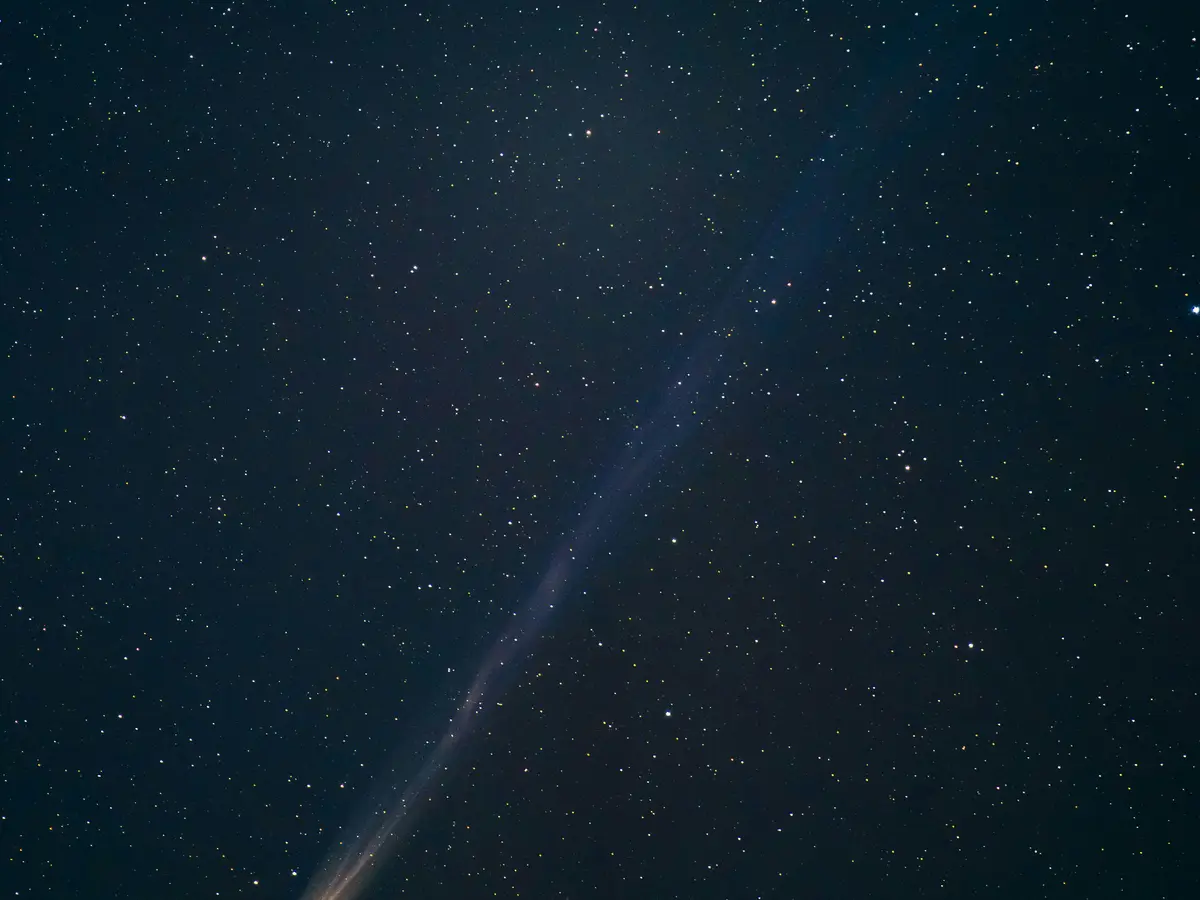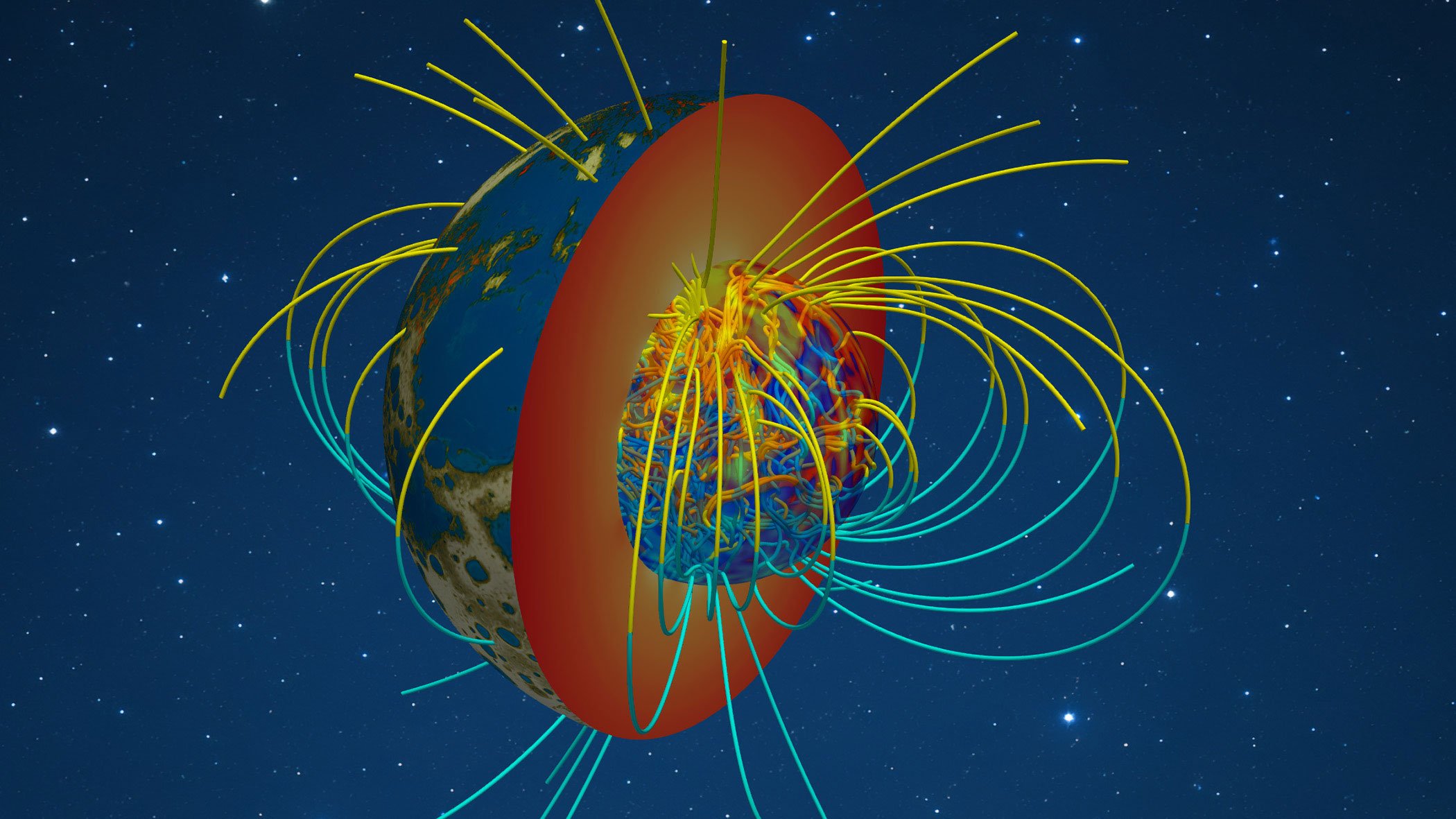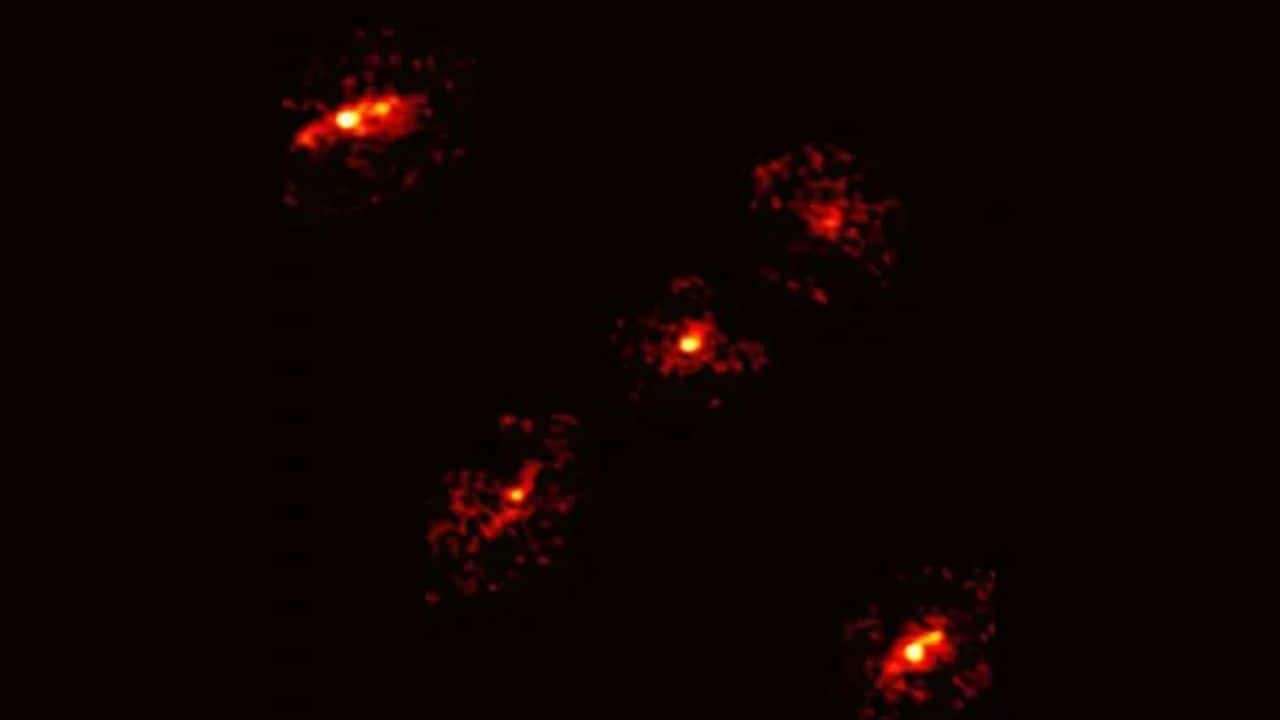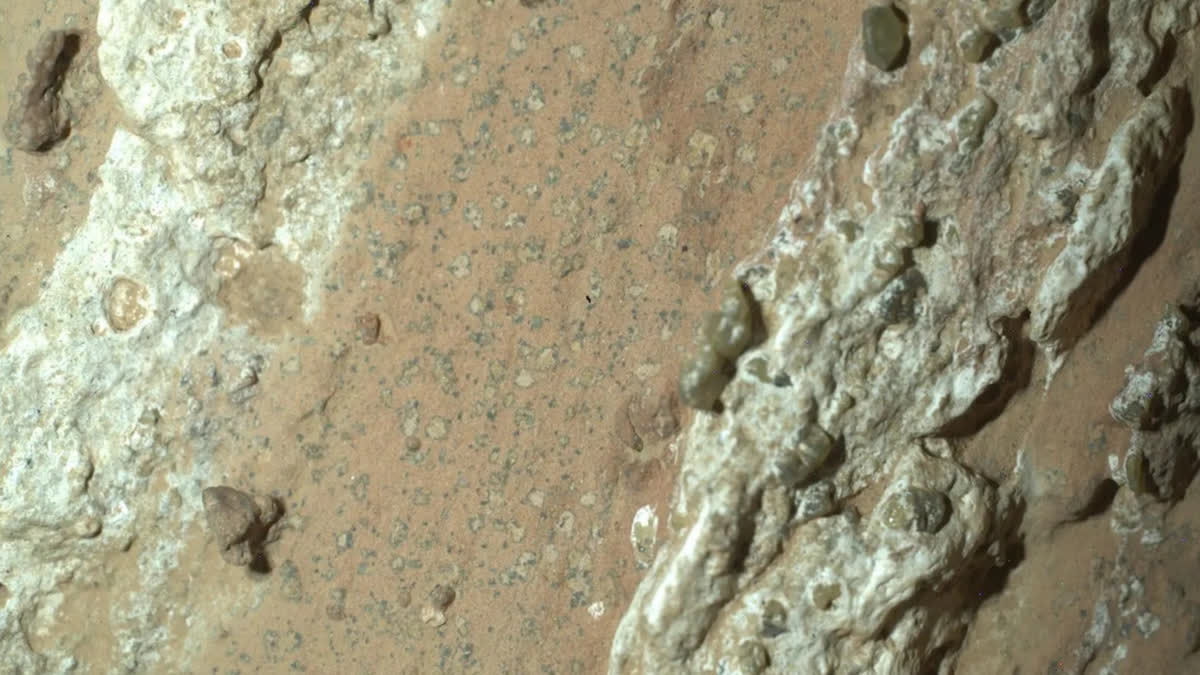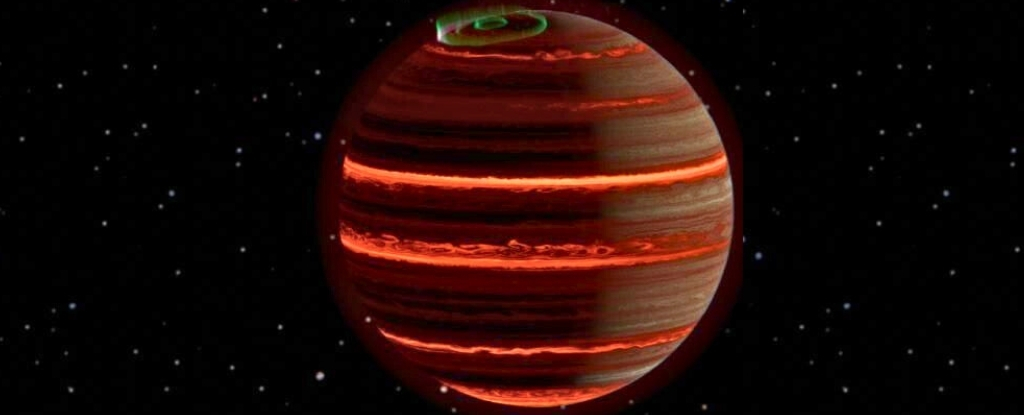Scientists Discover Every Living Thing Emits Light—But It Vanishes at Death!
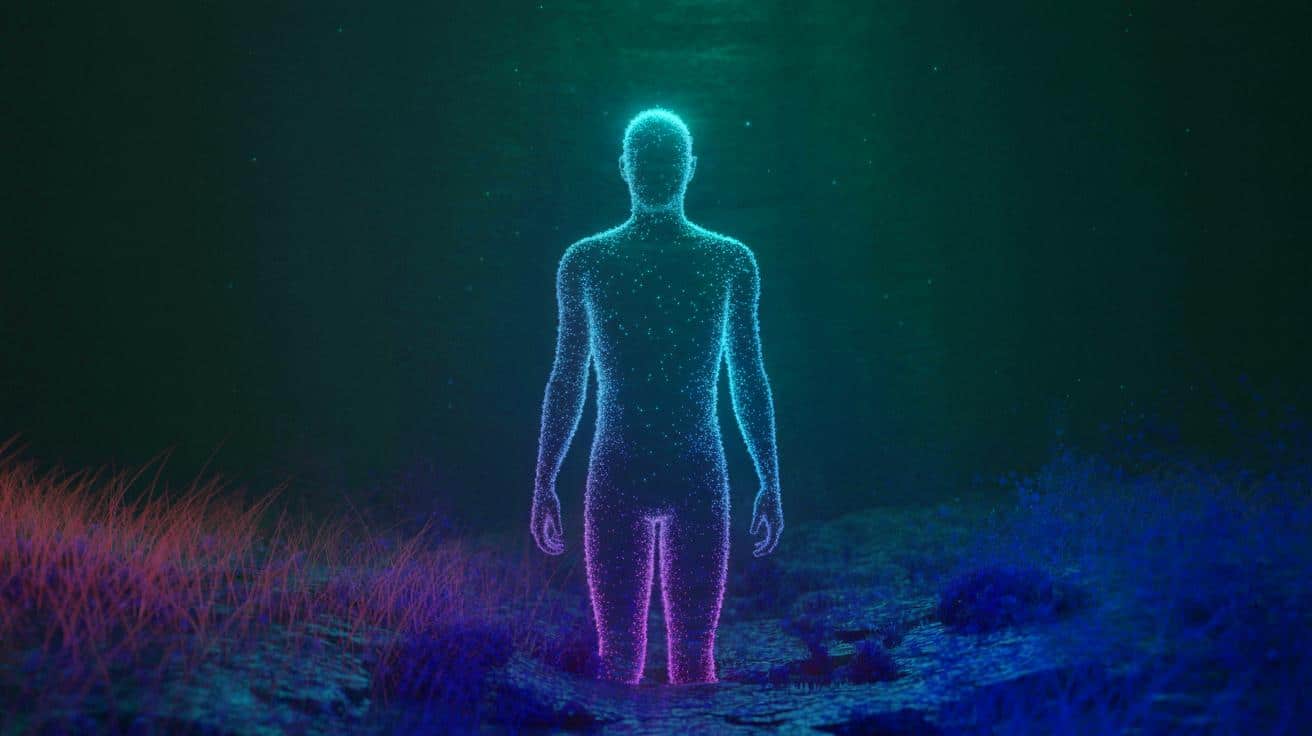
Imagine if you could see the faint glow of life itself! In a groundbreaking study from researchers at the University of Calgary and the National Research Council of Canada, it has been revealed that all living organisms, including humans, emit a subtle light known as biophotons—and this light disappears completely after death. This phenomenon, scientifically termed ultra-weak photon emission (UPE), is a natural byproduct of complex biochemical processes occurring within our cells.
Published in The Journal of Physical Chemistry Letters, the study sheds light on the biochemical connection between life and death, linking biophoton emission to oxidative metabolism within mitochondria—the powerhouses of our cells. As these organelles generate energy, they react with oxygen, producing reactive molecules that, in turn, emit biophotons. The idea that we are glowing beings might sound mystical, but scientists assure us this is pure science, not magic.
The research delves deeper into biophoton emissions, showing that even plants are part of this luminous club. During experiments, researchers observed cut plant leaves emitting more light due to stress signals, suggesting that this phenomenon could serve as an indicator of plant vitality. The implications are enormous, as understanding UPE could revolutionize how we monitor the health and stress levels of both plants and animals.
In an experiment conducted with mice, the researchers placed them in a dark chamber to eliminate external light interference. After euthanizing the mice, they found a significant drop in biophoton emission, particularly in areas like paws and heads, underscoring that without oxygen, this light dims and ultimately ceases. This fascinating behavior adds depth to our understanding of life and the biochemical processes that sustain it.
One of the most striking aspects of this discovery is how it strips away the mystical aura surrounding the idea of light emission from living beings. Physicist Daniel Oblack emphasizes that UPE is akin to the chemical reactions in glow sticks, firmly rooting this phenomenon in biology. As fascinating as it may sound, this is a biochemical process, not a supernatural one.
This research opens the door to several potential applications, including health monitoring in humans. Imagine being able to track disease progression or treatment responses through light emissions from our bodies. The implications for ecological monitoring are equally exciting, allowing scientists to assess the health of ecosystems non-invasively. As researchers continue to explore this intriguing world of biophoton emissions, we may be on the brink of a new understanding of life itself and how we interact with our environment.













